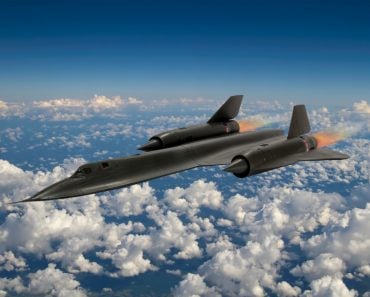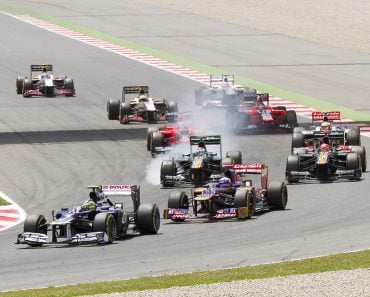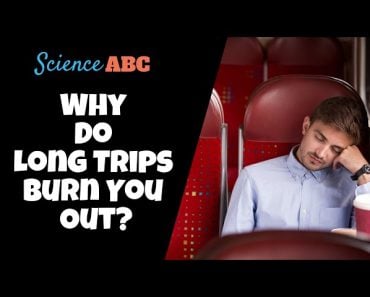As you ‘floor’ the pedal, there is a sudden spurt of adrenaline in your body, which in turn has many effects: your blood pressure rises instantly, your heartbeat races, your body temperature rises, and you can feel a slight tingling in your limbs.
We live in a time where everything is expected to be done quickly. We praise the fastest sprinter, revere the fastest swimmer, crave the fastest race cars, admire the fastest airplanes, and demand the fastest Wi-Fi … the list goes on and on. There are countless movies, TV shows, web series, and advertisements that try to tap into this human obsession with speed.
If you observe advertisements for any new vehicle, you’ll find that most of these ads contain some mention of the vehicle’s top speed. It’s often the power of speed that vehicle manufacturers try to sell.
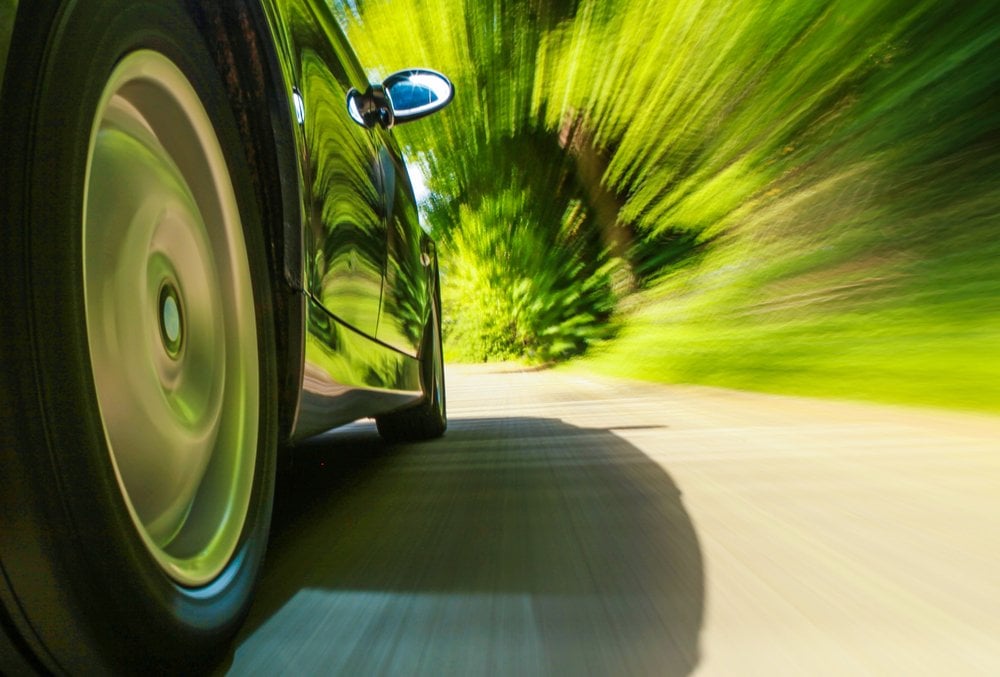
So, the question arises… why do we feel so thrilled when marketers boast the top speed of their new vehicle? Why do we put safety in the backseat when we go out for a drive? Is this need for speed built into our genes or have our recent inventions led to a paradigm shift in how we perceive speed?
Recommended Video for you:
Hidden Hankering For Speed
Well, to be frank, humans aren’t quite rational as we assume. We want to conquer mountains, send spaceships to the stars, and explore the deepest oceans. Then we write poetry, scripts, and direct movies with the same themes. We fall for a person and sometimes get lucky enough to marry him/her. We have children, we nurture our progeny, and do our best to ensure that they are capable humans. Then the cycle repeats. So, for the majority of us out here, our lives pass by under some level of restraint. We stick to our jobs even if we aren’t really happy with them, because there are bills to be paid and lives to be lived. Most of us prefer to “play it safe”.
However, deep within us, we often yearn to trespass the prohibited territories. We have suppressed, but very real desires to take risks and forge our own path. We secretly crave speed, height and adventure. This probably explains why videos on social media of wing-suit fliers whizzing past rock walls at 100 mph get so many views! Marketers over the decades have been exploiting and tapping into our predilection for speed.
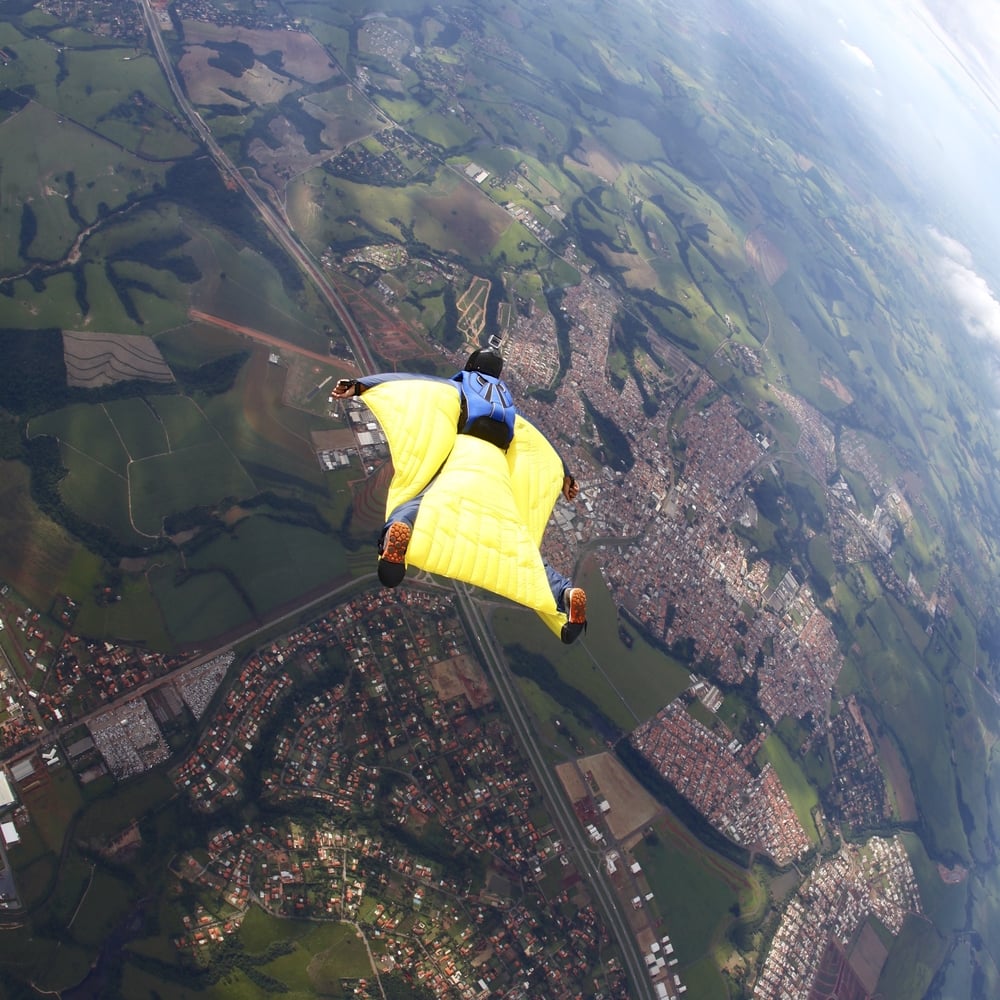
Evolution Of Our Affinity For Speed
However, were we always thrilled by the speed? Back in prehistoric times, was this same desire present in our ancestors? Well, the answer to this is quite tricky, as we can’t go back in time and evaluate the thrill experienced by our ancestors, but by looking at the objective data that we have, we can make an educated guess.
The exhilaration that we get from speeding down the highway in our cars is more or less a modern development. Prior to the invention of automobiles, the speed with which humans could traverse was probably limited to the speed of a horse. That being said, humans had some alternate options to experience a speed thrill; for example, by the seventeenth century, Russians had developed ice slides—giant ramps in which people whizzed down on sleds at great speeds.
By the end of World War 2 (WW2), anyone who had a decent job could afford a car in the US, which could probably reach a peak speed of 100 miles/hour. In the Bonneville Salt Flats in the state of Utah, hot-rod buffs congregated to test the speed of their own homemade vehicles and push the speed records. They reached a record of 300 mph, and then later exceeded 500 mph! Efforts continue each year to push the peak speed even further.
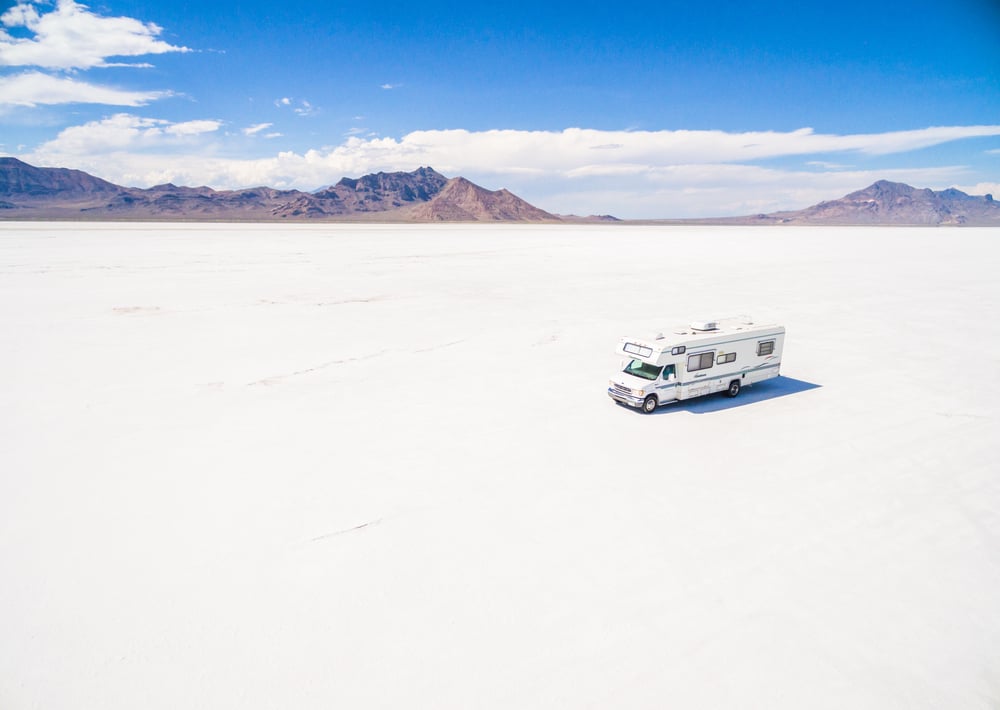
Professor Enda Duffy, in his book The Speed Handbook, explains how cars have transformed the human experience and perception towards speed. He argues that automobiles have made us averse to slow speeds, as traveling at high speeds became the new normal in the post-WW2 era.
Now that we have learned about the history of our obsession with speed, let’s look into the science behind it and see what researchers have discovered about our quirky fetish for racing through life.
Speeding Increases The Testosterone Levels
In a study published in the Organizational Behavior and Human Decision Processes journal in 2009, researchers compared the testosterone levels of a group of men driving a high-speed sports car with another group of men driving a normal sedan. These two groups were made to drive on two types of streets: one filled with women and another completely bereft of anything. The results showed that the men driving the sports car had higher levels of testosterone. A more interesting observation was that the presence of women didn’t actually impact their testosterone levels, but the type (i.e., speed) of the car did.
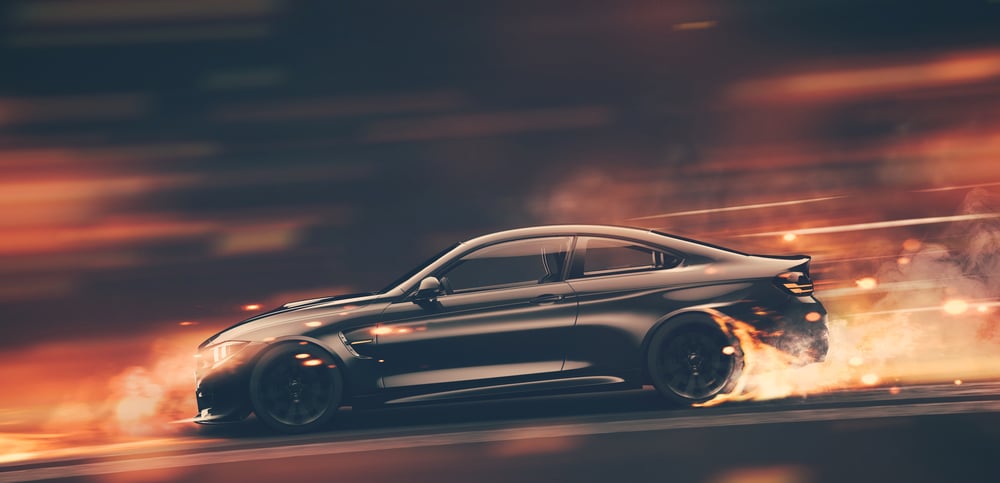
Now, let’s look at the physiology associated with speeding.
Physiology Of Speed
As you ‘floor’ the pedal, there is a sudden spurt of adrenaline through your body, which has many effects: your blood pressure rises instantly, your heartbeat races, your body temperature rises, and you can feel a slight tingling in your limbs. These effects are seen in both males and females, but are decidedly more pronounced in males. This is why the obsession with speed is commonly associated with testosterone. This is also why men are generally considered to be hastier and less cautious behind the wheel.
Dopamine And Monoamine Oxidase (MAO)
There is another biological factor behind our speed obsession—MAO (Dopamine and Monoamine Oxidase). MAO is a regulator in the brain associated with dopamine (a reward chemical strongly related to pleasure-seeking behavior) receptors called dopamine-4. Therefore, if you have low levels of MAO, there is a good chance that you’re the kind of person who craves thrills and adventures. Engaging in these activities on a regular basis can lead to the formation of habits, which tend to make people risk their (and potentially others’) lives in order to experience the enigmatic thrill associated with top speeds.
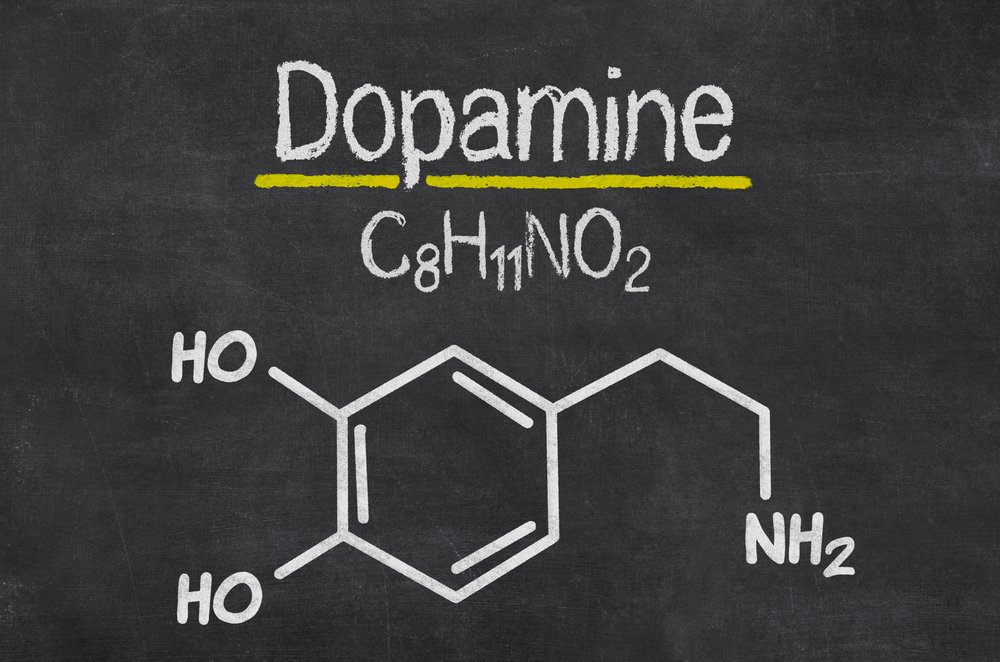
Speed Gives You Wings!
Another rationale psychologists note to buttress our obsession with speed is that speed metamorphically serves as wings. When you climb onto a bike or step into a car, there is an immediate change in your psyche. The vehicle you are driving becomes an extension of your personality—tantamount to having wings. Making the vehicle at your disposal run faster boosts the ego and tends to become a habit. This behavior is much more pronounced in men, which is why men are more likely to purchase sports cars than women, as it literally boosts the male ego and presumably enhances their ‘masculine’ appearance.
Lenient Perception Of Society Towards Speeding
Speeding is generally not considered a severe crime by society and law enforcement officers in many places. Speeding is not perceived to be nearly as bad as drunk driving. People usually get away with nominal penalties when they exceed the prescribed speed limit.
There used to be a government ad in the 1980s featuring test crash dummies to disseminate the message that you shouldn’t drink and drive, and that you’re a dummy if you don’t wear a seatbelt in the US. Tacitly, in that ad, there was no warning about speeding. The perception created since then that drunk driving and not wearing a seat belt are bad, but speeding is okay, still lingers in the minds of many, even if they don’t realize it.
Over 30,000 people are killed every year in the US alone in road accidents and roughly one-third of them are linked to speeding.

Over the years, the narrative has been built by society and marketers that speed gives you a thrill that is simply unmatched. It has become difficult for traffic regulators to convince people that there is a high amount of risk involved with speeding, because marketers and franchises like Need for Speed have built the notion that speed provides unmatched exhilaration. Most car commercials are built around the narrative of riding fast in your new car. So, in a way, we’re culturally trained to pine for speed and aren’t really worried about the perils associated with this behavior.
Conclusion: Stay Safe
Remember, cruising on a smooth and clear highway in a swanky sports car seems all fun and exciting, but never forget that you are operating a 2-ton piece of metal that can inflict some serious damage to yourself if handled without care—not to mention endangering the lives of innocent people around you. Check your speed and stay safe; the risk you take by speeding is not worth the temporary excitement it offers.




